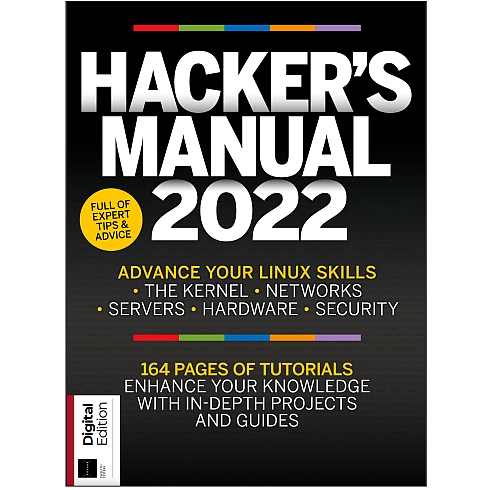A new dongle has been developed to prevent cybercriminals from using HDMI ports as means of compromising target endpoints.
The so-called HDMI Firewall blocks all communication going in and out of the HDMI port that is not directly related to audio or video. Each HDMI port requires a new dongle, but one can easily be repurposed to fit different ports.
The dongle was designed by one “kingkevin”, who uploaded the project to source code repository CuVoodoo git.

Share your thoughts on Cybersecurity and get a free copy of the Hacker's Manual 2022. Help us find how businesses are preparing for the post-Covid world and the implications of these activities on their cybersecurity plans. Enter your email at the end of this survey to get the bookazine, worth $10.99/£10.99.
Switching dongles around
Admittedly, actually deploying the dongle would be no simple feat for someone without a fair amount of expertise.
To use the dongle, someone would first need to program it to fit the port it’s being applied to. That means copying the Extended Display Identification Data (EDID) information, including data like resolutions supported. Users can read this data with an I2C-based Display Data Channel (DDC) interface from the endpoint.
The next step is to write the EDID data into the EEPROM of the HDMI Firewall, which comes with a physically detachable protection tab that locks the connector’s EEPROM from future writes.
To move the dongle onto a new device, users need to disable write protection once again, by putting a solder blob across two pads on the device, rewrite it with the new port’s EDID data, and re-enable protection by removing the solder that connects the two pads.
As explained by Tom’s Hardware, an HDMI connector allows for the passthrough of more than just audio and video data. A couple of parallel protocols are moving extra data through, including High-bandwidth Digital Content Protection, or HDCP. This protocol makes sure the data passing through the port isn’t copied in transit,
Other notable mentions include the Hot-Plug Detection (HPD), and Consumer Electronics Control (CEC). The latter is relatively popular, as it allows remote controls and other gadgets to control the devices.
Via Tom's Hardware
Comments
Post a Comment